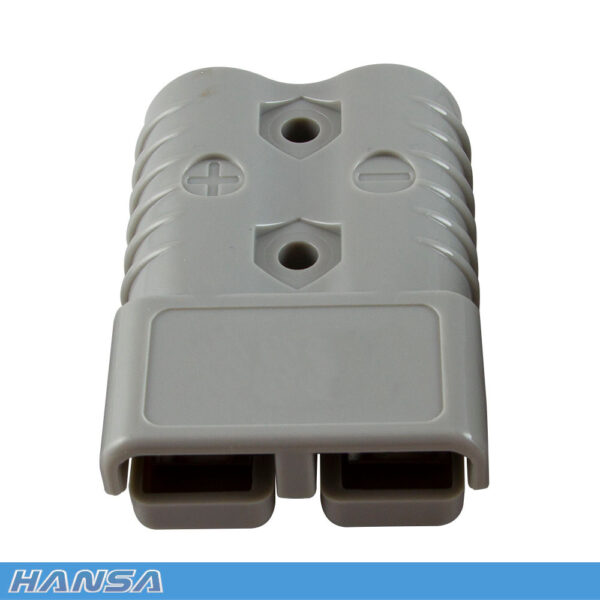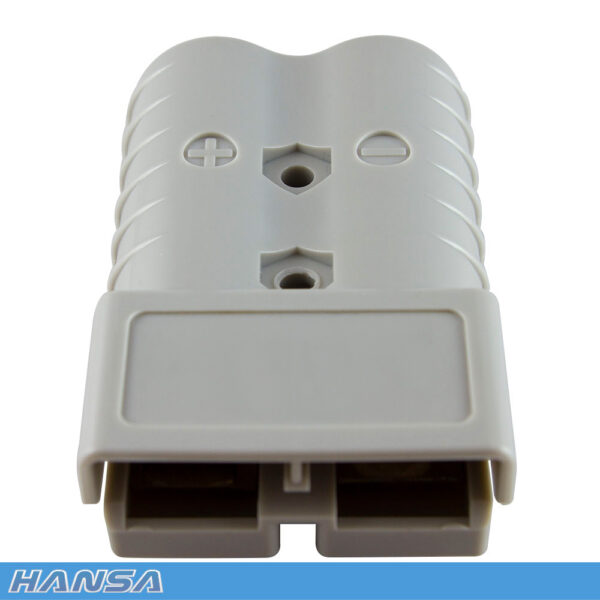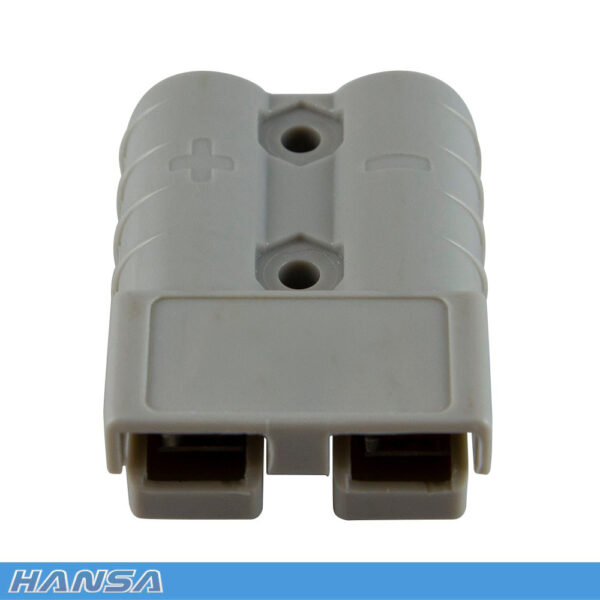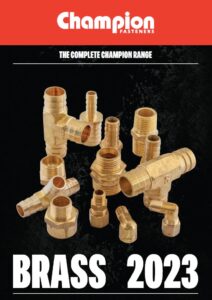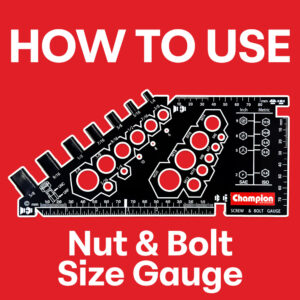Introduction
When it comes to making quick and reliable electrical connections, Quick Connectors are a game-changer. Whether you’re rigging up auxiliary lighting for off-road adventures, hooking up your trailer, connecting electric vehicles, or installing renewable energy systems, these connectors offer a perfect blend of efficiency and reliability. But, how do you select the right terminal size for your application? Let’s dive in to find out.

What Are Quick Connectors?
Quick Connectors, also known as Anderson connectors, feature a mirrored design, meaning that each connector can join with another of the same type. This eliminates the need for separate male and female connectors, making the connection process significantly easier. From small handheld devices to large-scale industrial machinery, these connectors are incredibly versatile.
Selecting the right connector for the job
Cable Size:
Pay attention to the cable size that the connector can accommodate. For example, the TA-0201 suits a cable size of 8mm, making it suitable for smaller applications.
Application Type:
The specific use-case also plays a role in your selection. For instance, if you’re working on an amateur radio setup, a 50amp TA-0201 connector should suffice, but if you’re dealing with an vehicle or industrial machinery, you might need a connector that can handle a higher amperage. Such as the 175amp TA-0202 or a 350amp TA-0203
Safety Margins:
It’s often wise to opt for a connector that exceeds your system’s requirements by a safety margin. This ensures that the connector can handle any unexpected surges in power.
Available Models
When to Use a Protective Cover: Safeguarding Your Electrical Connections
Preservation of Connection Quality:
Over time, exposed terminals can accumulate dirt and grime, leading to a weaker connection when you do decide to use it again. A protective cover ensures that the terminal remains clean, preserving its integrity for future use.
High Traffic Garages or Workshops:
In busy automotive repair shops, accidental bumps, knocks, or spills can occur. A protective cover acts as a safety net, safeguarding the connector from potential damage and preventing short-circuits.
Outdoor Exposure:
Whether it’s an off-road vehicle or a hitching your trailer to your car, connectors often get exposed to the elements. A protective cover can shield against moisture, dust, and corrosive elements, ensuring longer connector life.
Corrosive Environments:
In settings where corrosive materials are present, such as in some industrial applications or near bodies of saltwater, a protective cover can act as a barrier, reducing the risk of corrosion affecting your connector.
